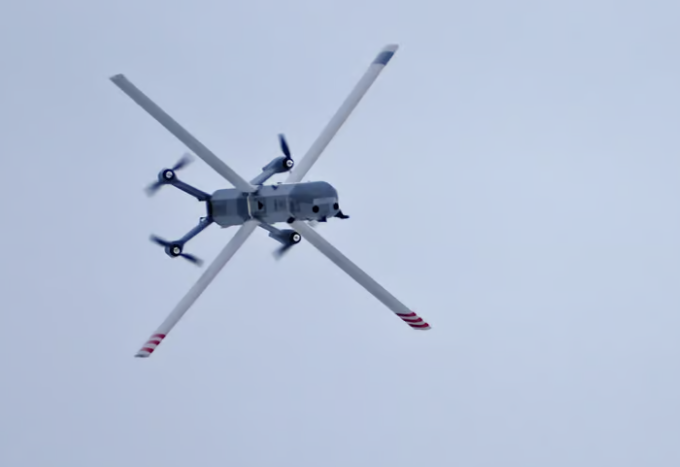German defense technology company Helsing has launched its first artificial intelligence-driven suicide drone, the HX-2. This drone has attracted widespread attention due to its high speed, long range and advanced AI technology. HX-2 has electronic warfare immunity, can perform tasks independently in poor signal environments, and can independently search, identify and attack targets, greatly improving combat efficiency. Its core components have been tested in actual combat, showing strong combat capabilities, and have become a new type of intelligent weapon system with its economical production cost and efficient combat performance.
German defense technology company Helsing recently released its first artificial intelligence-driven suicide strike drone HX-2. The electric "X-wing" drone has a top speed of 136 mph (about 220 kilometers per hour) and a combat range of 62 miles (about 100 kilometers). The core components of the HX-2 have been tested in actual combat, demonstrating its powerful combat capabilities.

The HX-2 is equipped with advanced artificial intelligence and is immune to electronic warfare, allowing the operator to control the drone without maintaining a continuous data connection. This means that the drone can still perform its mission even in poor signal conditions. The HX-2's artificial intelligence software can search, re-identify and attack targets on its own without a human operator, but key decisions still need to be made by the human operator.
The drone weighs 26.4 pounds (about 12 kilograms), although it is unclear whether this weight includes the payload. The HX-2 is classified as a "loitering munition" and is specifically designed for anti-tank and anti-structure combat missions. Combined with Helsinki's proprietary Altra reconnaissance/strike software, the HX-2 can also enable group control of multiple drones, managed by a single operator.
Niklas Köhler, co-founder of Helsing, said: “The launch of the HX-2 marks the formation of a new smart performance category that combines scale, autonomy and precision. A single HX-2 is capable of competing at altitude Reliably attack armored targets in an environment. When deployed on a large scale at the border, the HX-2 can serve as an effective anti-aggression barrier against enemy ground forces. "In addition, the HX-2 is also more cost-effective than traditional artillery systems. And use 3D Printing and other economical production methods are used for mass production. Currently, about 4,000 HX-2 drones have been delivered to Ukraine, and the core components have been rigorously tested in actual combat.
Recently, Anduril also launched a similar drone, the Bolt-M, which can also self-destructively deliver anti-personnel and anti-vehicle munitions and provide a more sophisticated information-sharing network.
The emergence of HX-2 marks a new height in the integration of drone technology and artificial intelligence in the military field, and its cost-effectiveness and combat effectiveness deserve further attention. In the future, similar AI-driven drone technology may have a profound impact on modern warfare.